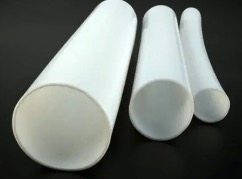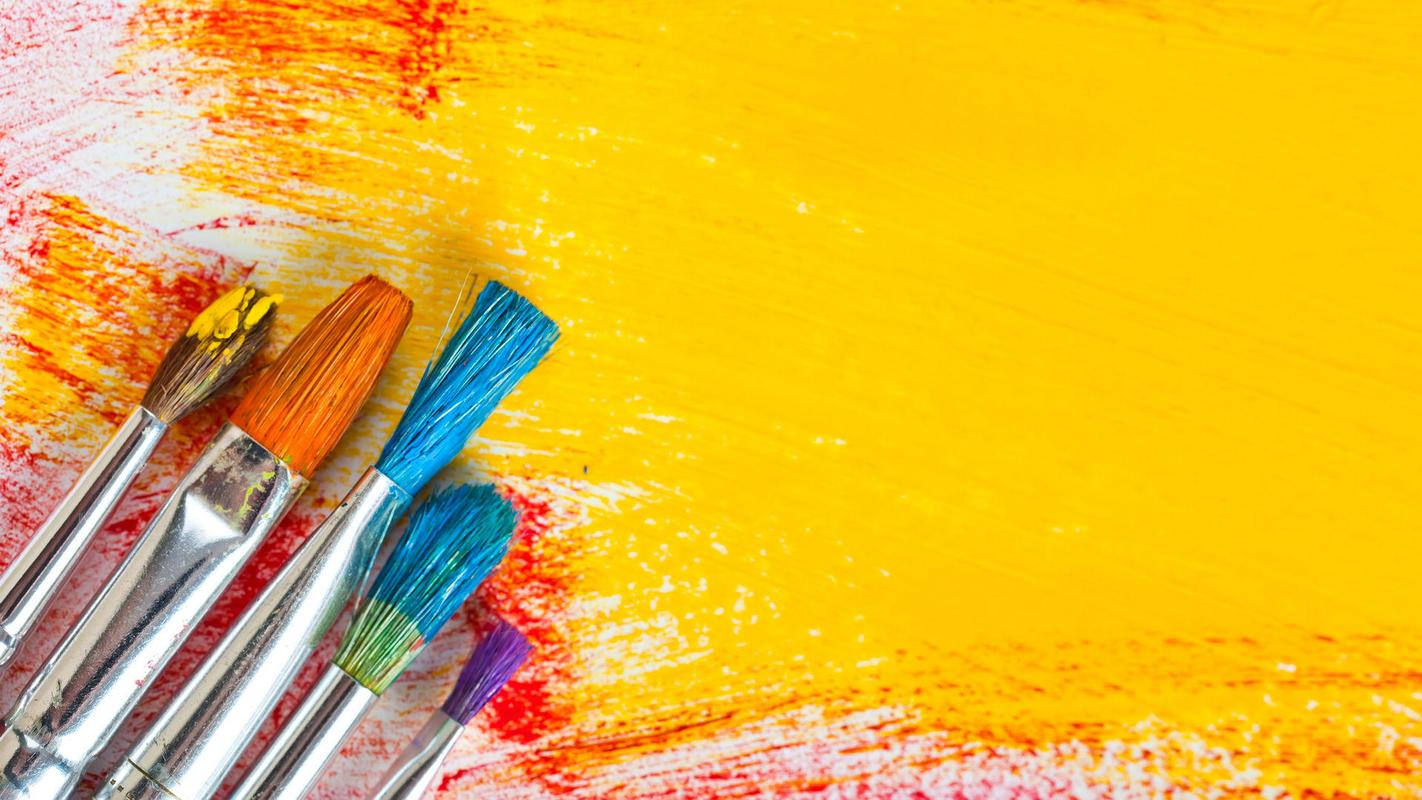Inventory of seven commonly used medical plastics
According to incomplete estimates, approximately 25% of medical plastic products are PVC. This is mainly due to the low cost of the resin, its wide application range, and its ease of processing. PVC products for medical applications include: hemodialysis tubing, breathing masks, oxygen inhalation tubes, etc.
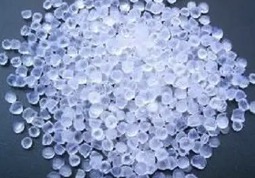
PE mainly includes low density polyethylene (LDPE), high density polyethylene (HDPE) and ultra-high molecular weight polyethylene (UHDPE). HDPE has fewer branches on the polymer chain, higher relative molecular mass, crystallinity and density, higher hardness and strength, poor opacity, and higher melting point. It is often used in injection molding parts. LDPE has many branches, so the relative molecular weight is small, the crystallinity and density are low, and it has good softness, impact resistance and transparency. . It is also possible to mix HDPE and LDPE materials according to the performance requirements. UHDPE has high impact strength, low friction, stress crack resistance and good energy absorption properties, making it an ideal material for artificial hip, knee and shoulder connectors.

PP is colorless, odorless and non-toxic. Looks like polyethylene, but is more transparent and lighter than PE. PP is a thermoplastic with excellent performance, with the advantages of small specific gravity (0.9g/cm3), non-toxic, easy processing, impact resistance, and flex resistance. It has a wide range of applications in daily life, including woven bags, films, turnover boxes, wire shielding materials, toys, car bumpers, fibers, washing machines, etc. Medical PP has high transparency, good barrier properties and radiation resistance, making it widely used in medical equipment and packaging industries. Non-PVC material with PP as the main body is a substitute for the widely used PVC material.

PS is second only to polyvinyl chloride and polyethylene. It is usually processed and applied as a one-component plastic. The main features are light weight, transparency, easy dyeing, and good molding performance. Therefore, it is widely used in daily plastics, Electrical parts, optical instruments and stationery. The texture is hard and brittle, and has a high coefficient of thermal expansion, which limits its application in engineering. In recent decades, modified polystyrene and styrene-based copolymers have been developed to overcome the shortcomings of polystyrene to a certain extent. K resin is one of them.
The main uses in daily life include cups, lids, bottles, cosmetic packaging, hangers, toys, PVC substitute products, food packaging and medical packaging supplies.
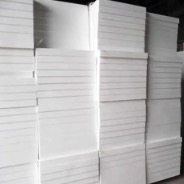
ABS has certain rigidity, hardness, impact and chemical resistance, radiation resistance and ethylene oxide sterilization resistance. The medical application of ABS is mainly used as surgical tools, roller clips, plastic needles, tool boxes, diagnostic devices and hearing aid shells, especially the shells of some large medical equipment.
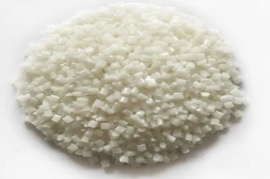
Medical applications of PC also include needle-free injection systems, perfusion instruments, blood centrifuge bowls and pistons. Taking advantage of its high transparency, the usual myopia glasses are made of PC.
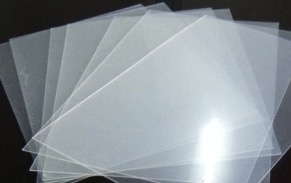
PTFE resin is a white powder with waxy appearance, smooth and non-sticky, and is the most important plastic. PTFE has excellent performance, which is beyond the comparison of ordinary thermoplastics, so it is known as "the king of plastics". Its friction coefficient is the lowest among plastics, and it has good biocompatibility. It can be made into artificial blood vessels and other devices that are directly implanted into the human body.
